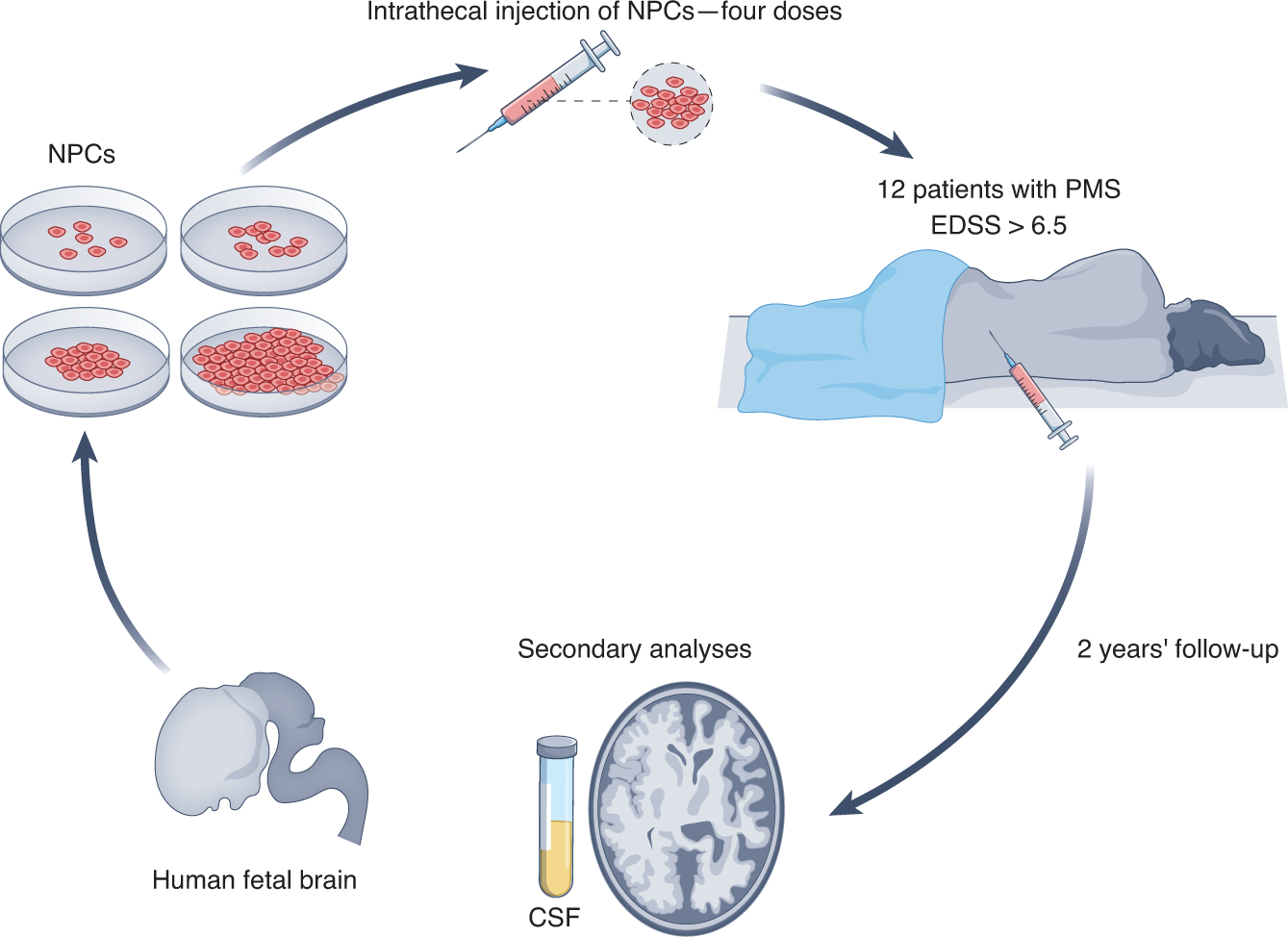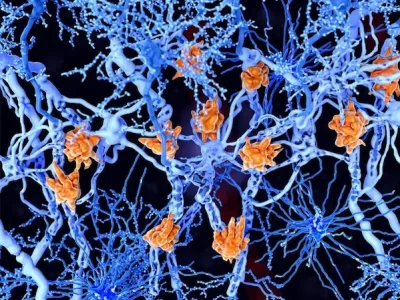The Only Guide for Regenerative Medicine For Multiple Sclerosis
Wiki Article
Regenerative Medicine For Multiple Sclerosis Can Be Fun For Anyone
Table of ContentsThe 8-Minute Rule for Regenerative Medicine For Multiple SclerosisRegenerative Medicine For Multiple Sclerosis Things To Know Before You Get ThisMore About Regenerative Medicine For Multiple SclerosisEverything about Regenerative Medicine For Multiple SclerosisIndicators on Regenerative Medicine For Multiple Sclerosis You Need To KnowTop Guidelines Of Regenerative Medicine For Multiple SclerosisGet This Report on Regenerative Medicine For Multiple Sclerosis
The mesenchymal stem cells hair transplanted throughout stem cell therapy can divide and develop to create brand-new cells that can fill in the harmed cells of the nervous tissue. This may restore neurological features in clients with this problem. These advantages of stem cell therapy are further supported by the ability of MSCs to promote recovery.Clients with numerous sclerosis are usually treated with mesenchymal stem cells. These are multipotent stem cells that have the capability to set apart and develop to form a wide variety of cell key ins the body. When hair transplanted, these stem cells can develop to create healthy nerve cells therefore sustaining the regeneration of the damaged cells of the worried system.
When transplanted, the stem cells migrate to areas of inflammation or damages within the main nerve system (CNS). They are normally brought in to the websites of injury where the immune system is assaulting the myelin sheath, the protective covering of nerve fibers. The stem cells work by advertising the repair service and regrowth of damaged myelin, possibly restoring function to influenced nerve cells.
The 7-Minute Rule for Regenerative Medicine For Multiple Sclerosis
Stem Cell Research Study on MS The National Numerous Sclerosis Culture, in addition to various other organizations, is proactively funding and sustaining research study right into mesenchymal stem cell therapy for numerous sclerosis to discover their possible and boost therapy procedures. The objective is to establish more secure and more effective ways to use stem cells in dealing with MS.
Right here are reviews from people of the Swiss Medica clinic. The client took a trip from England seeking remedy for his MS signs and symptoms, a condition he has actually battled considering that 2006. Over the years, he has fought with tiredness, flexibility issues, and difficulties with his bladder and bowel, all coming from nerve damages.
His treatment experience was smooth. He additionally appreciated that his travel, accommodations, and vegan nutritional preferences were attentively arranged. "The clinical personnel were outstanding, specifically the doctor. Whatever was clearly clarified, and they were complete in their checks. I would definitely recommend this place." The individual traveled from Romania seeking treatment for MS after hearing positive comments regarding stem cell therapy for the illness.
Get a complimentary online examination to find out how stem cells will work for your situation, and what are the period and expense of the therapy. Uccelli, A., Laroni, A., Brundin, L., Clanet, M., Fernandez, O., Nabavi, S. M. Regenerative Medicine for Multiple Sclerosis., Muraro, P. A., Oliveri, R. S., Radue, E. W., Sellner, J., Soelberg Sorensen, P., Sormani, M. P., Wuerfel, J. T., Battaglia, M
Stem cells are cells in the body that can mature into develop right into that serve an offer functionCertain There are 2 main types of stem cells: embryonic stem cells and grown-up stem cells.
are found in some grown-up cells and body organs consisting of the bone marrow, skin, blood, and brain. Adult stem cells are not as versatile as embryonic stem cells and are consequently more limited in regards to the sorts of cells they mature right into. The unique homes of stem cells supply pledge for brand-new treatments that can slow/halt MS illness activity and repair work tissue damage in the main nervous system.
The Definitive Guide to Regenerative Medicine For Multiple Sclerosis

The treatment involves gathering stem cells from a person's own (autologous) bone marrow. The person is then treated with chemotherapy to diminish the immune system and stem cells are reestablished into the body where they grow into brand-new, healthy immune cells - Regenerative Medicine for Multiple Sclerosis. Stem cells can be injected into the body in various means

In 2000, the MS Society of Canada and MS Scientific Study Structure moneyed a scientific trial involving HSC transplants, led by Drs. Mark Freedman and Harry Atkins from the Ottawa Hospital Research Study Institute/University of Ottawa. The aHSC therapy offered in Canada is a treatment that utilizes high-dose radiation treatment, additionally called conditioning.

The Buzz on Regenerative Medicine For Multiple Sclerosis
Neural stem cells (NSC) are found in the brain and can grow into numerous kinds of brain cells including neurons, oligodendrocytes, and astrocytes. NSCs may offer to repair or safeguard the brain and modulate the immune system. Early medical trials in non-human primates showed that therapy with NSCs benefitted the development of MS-like disease in pet models.The results from these security research studies are favorable for future stem cell and regenerative medicine treatments in MS. Future scientific tests (stage 2 and 3) with larger varieties of individuals and controls are needed to assess the efficiency of this treatment for MS. As shown by the instances above, there is a huge array of study happening that will certainly offer added answers concerning making use of stem cells to deal with MS.
Stem cell treatment is thought about secure, but, like any type of medical procedure, it lugs some risks, such as temporary swelling or discomfort at the shot website. Nevertheless, severe negative effects are unusual when done by certified specialists.
Regenerative Medicine For Multiple Sclerosis for Beginners
Numerous sclerosis (MS) is a persistent illness of the central nerves that impacts the mind and spinal cord. It is characterized by the degradation of myelin, a substance that covers nerve fibers, leading to interruptions in communication in between the mind and the rest of the body. Signs and symptoms can differ widely and consist of muscle mass weak point, vision issues, discrepancy, and fatigue.Several sclerosis is defined by the immune system incorrectly striking the protective sheath (myelin) that covers nerve fibers, causing interaction concerns in between the mind and the rest of the body. The disease can result in the degeneration or long-term damage of nerves. Signs and symptoms differ commonly among people and can consist of exhaustion, flexibility concerns, discomfort, and cognitive modifications.
Report this wiki page